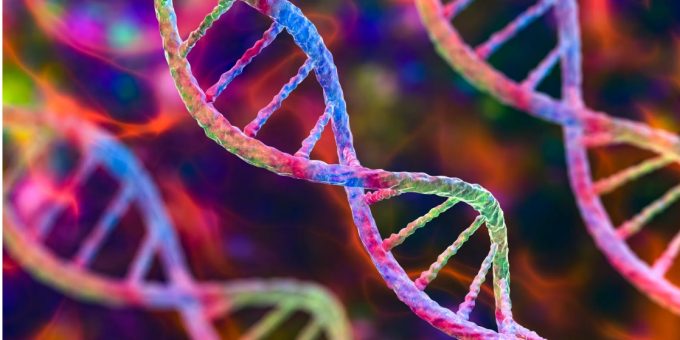
A New Era in Treatment: Targeting Genetic Diseases and Curbing Cancer with Cutting-Edge Therapies
The Future of Medicine: Gene and Cell Therapies
Welcome to the new frontier of medicine. Gene and cell therapies represent the third major platform in drug development, alongside traditional pills and biologics. These innovative treatments harness the power of genetic editing, replacing defective genes or turning off harmful ones. Now, diseases once thought untreatable can be targeted at the genetic level, offering hope to millions.
What are Gene and Cell Therapies?
Gene and cell therapies utilize genetic materials like RNA and DNA sequences, or specialized enzymes that cut and edit these materials to treat genetic diseases. These treatments can repair or replace faulty genes, potentially offering cures for conditions like:
- Sickle Cell Disease
- Muscular Atrophy
- Certain Types of Cancer
Additionally, some therapies are encapsulated in viruses or delivered through cells, allowing for precise targeting and treatment.
FDA-Approved Breakthroughs
The FDA has already approved multiple gene and RNA therapies, with 12 gene therapies for inherited diseases and groundbreaking CRISPR-based medicines like Casgevy, the first CRISPR medicine for human use. These therapies have demonstrated promising results, offering hope for those with rare and severe genetic disorders.
Challenges in Cell and Gene Therapy Development
Despite these advancements, the path to commercialization is not without its challenges. Some hurdles include:
- Safety Concerns: Recent trials have highlighted the risks associated with gene therapies, including cancer and other severe side effects.
- Manufacturing Complexity: The cost and time required to produce these treatments at scale remain a significant challenge.
- Adoption and Affordability: High treatment costs raise questions about patient access and long-term sustainability.
This article is posted at biopharmadive.com

Please fill out the form to access the content






